It’s essential to have the correct RH technique in order to improve in your playing. First we must focus on the right hand and the proper technique associated with it.
Having proper technique will make playing much easier and allow you to play more challenging repertoire and exercises.
Fingers and Strings
Thumb should be on the sixth, fifth, and fourth strings while the index middle ring will be on the third, second and first strings.
P = 6, 5, 4
I = 3
M = 2
A = 1
Right hand positioning
The right hand should be hovering over the sound hole in the middle. You can also place it back slightly as well for a different timbre. Make sure the right hand is relaxed while hanging over the strings.
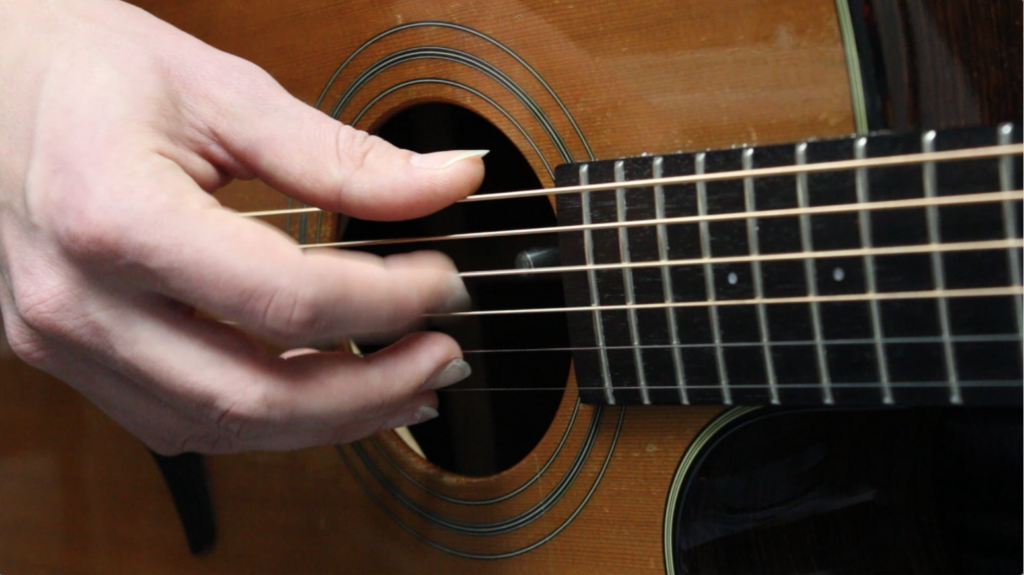
Attack motion
The attack should be a motion of the fingers coming in towards the palm. Prevent yourself from plucking up, or a clawing attack, which will cause the strings to be bright and thin.
Here is a video on beginner finger picking patterns I recommend:
Practice this with your own songs, or solely to work on your technique in order to improve your playing.
Learn more about technique through our FREE Fingerstyle Workbook!
FOLLOW US ON
Get our FREE Fingerstyle Workbook!
RELATED BLOG POSTS
Guitar Tapping Techniques
Tapping is a flashy and expressive technique that allows you to play fast and intricate passages on the guitar. By mastering different tapping techniques, you can create unique sounds, expand your melodic possibilities, and develop your own distinctive playing style.
To start practicing tapping on the guitar, begin by learning the basic two-handed tapping technique. Place your picking hand on the neck of the guitar and use your fretting hand to tap the strings, creating a quick and percussive sound. Practice tapping on different strings and frets to develop finger coordination and accuracy.
Next, experiment with different tapping patterns and sequences to create melodic lines and solos. Try tapping arpeggios, scales, and chord shapes to explore the full range of possibilities that tapping has to offer. Experiment with different finger combinations and rhythms to create unique and dynamic sounds.
You can also practice tapping exercises by incorporating tapping into your existing playing style. Try adding taps to scales, licks, and solos to enhance your phrasing and create new textures and effects.
By incorporating tapping techniques into your daily practice routine, you can expand your melodic possibilities, develop your finger coordination and accuracy, and become a more creative and expressive player.
Guitar Bending Exercises
Bending strings is a fundamental technique for guitar players, allowing you to add emotion, expression, and character to your playing. By practicing bending exercises regularly, you can develop your ear for pitch, improve your finger strength and control, and enhance your overall technical proficiency on the instrument.
To start practicing bending on the guitar, begin by learning the basic half-step and whole-step bends. Place your fretting hand on the neck of the guitar and use your fingers to push the string upward, bending the pitch of the note. Practice bending slowly and evenly, focusing on hitting the target pitch accurately.
Next, work on developing your bending technique by incorporating bends into scales, licks, and solos. Experiment with different bending styles, such as pre-bends, release bends, and bend-and-hold techniques, to create a wide range of expressive effects.
You can also practice bending exercises by playing long, sustained bends or quick, staccato bends, focusing on control and accuracy. Use a tuner to check your pitch accuracy and adjust your technique as needed.
By incorporating bending exercises into your daily practice routine, you can improve your ear for pitch, enhance your expressive playing, and become a more dynamic and versatile player.
Guitar Vibrato Techniques
Vibrato is a subtle yet expressive technique that adds depth and emotion to your guitar playing. By mastering different vibrato techniques, you can enhance your phrasing, create dynamic and expressive melodies, and develop your own unique playing style.
To start practicing vibrato on the guitar, begin by learning the basic wrist vibrato technique. Place your fretting hand on the neck of the guitar and use your wrist to bend the string back and forth, creating a subtle pitch modulation. Practice playing slow and fast vibrato to develop control and flexibility in your wrist.
Next, experiment with different vibrato styles, such as finger vibrato or whole-hand vibrato. Each technique produces a slightly different tone and texture, so try out various approaches to find the one that best suits your playing style.
You can also practice vibrato exercises by playing scales, arpeggios, and licks with vibrato, focusing on incorporating the technique into your phrasing. Experiment with different speeds, widths, and dynamics to create a wide range of expressive vibrato effects.
By incorporating vibrato techniques into your daily practice routine, you can enhance your phrasing, expression, and overall musicality on the guitar, becoming a more dynamic and emotive player.
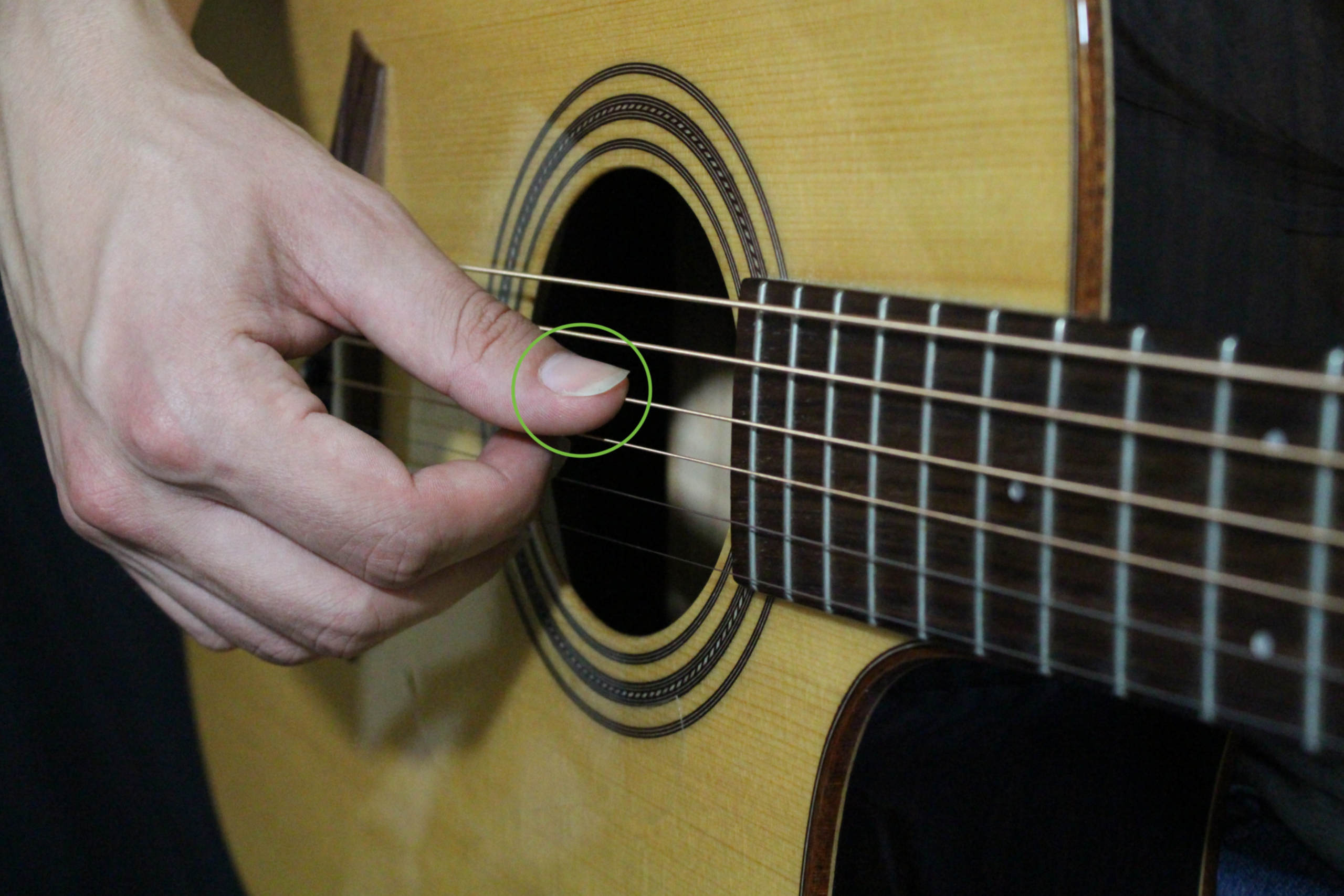
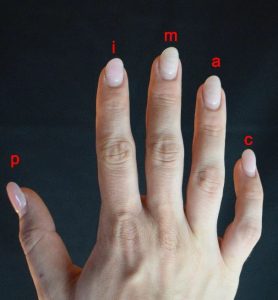
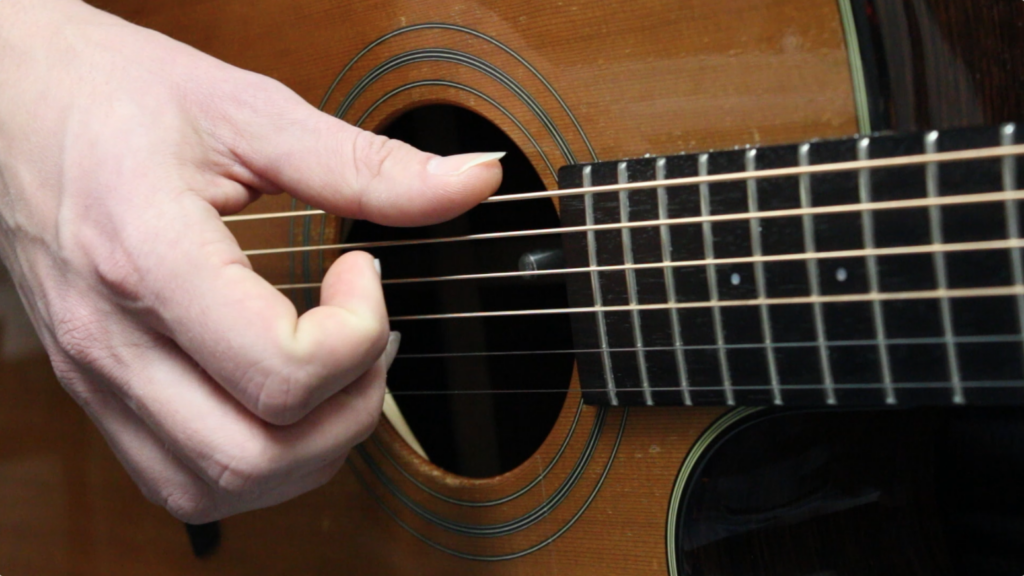
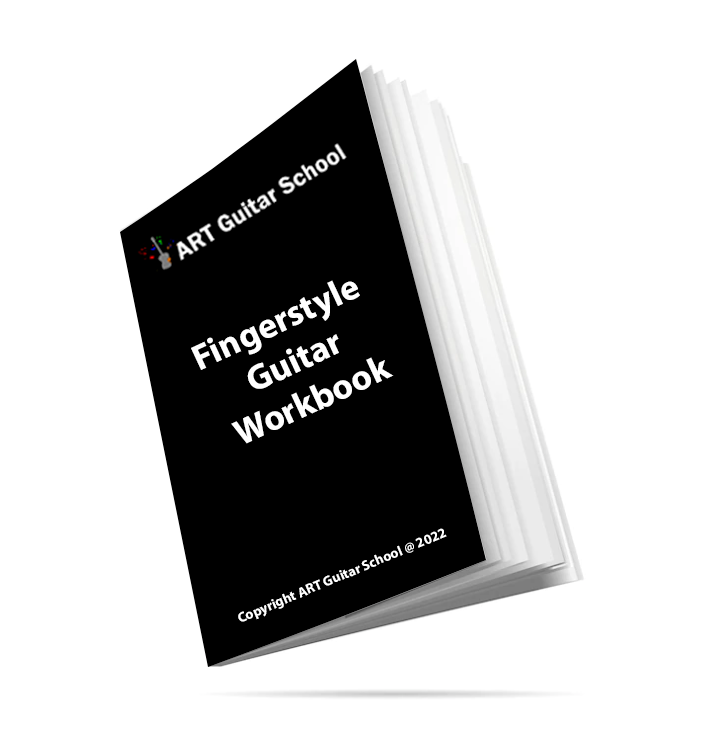
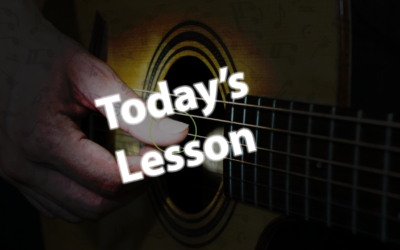
0 Comments